Samuel Fuller was a legendary American filmmaker known for his uncompromising and gritty style.
He directed a number of influential and memorable films throughout his career, which spanned several decades. Here is an introduction to some of his best films:
“The Steel Helmet” (1951): This war film is considered one of Fuller’s best works. It tells the story of a group of American soldiers during the Korean War who must navigate a hostile and dangerous environment.
“Pickup on South Street” (1953): This film noir follows a pickpocket who becomes embroiled in a web of espionage after stealing a woman’s wallet. The film is known for its suspenseful plot and sharp dialogue.
“Shock Corridor” (1963): This psychological drama follows a journalist who feigns insanity in order to investigate a murder at a mental institution.
The film is known for its intense and surreal atmosphere, and its exploration of themes such as sanity, reality, and truth.
“The Naked Kiss” (1964): This crime drama tells the story of a prostitute who tries to start a new life in a small town, but finds herself embroiled in a web of corruption and scandal.
The film is known for its frank and uncompromising depiction of sex and violence.
“White Dog” (1982): This controversial film tells the story of a dog trained to attack black people, and the attempts to rehabilitate him by a dog trainer.
The film explores themes of racism and violence, and was initially banned from release due to its provocative subject matter.
Best Samuel Fuller Movies
Samuel Fuller’s films are known for their intense and provocative themes, sharp dialogue, and gritty visual style.
His legacy continues to influence filmmakers today, and his films remain an important part of American cinema history.
1. Shock Corridor (1963)
“Shock Corridor” is a 1963 drama film directed by Samuel Fuller. The film follows Johnny Barrett (played by Peter Breck), a journalist who feigns insanity in order to get himself committed to a mental institution and uncover a murder case that took place there.
Once inside, Barrett must navigate the dangerous and surreal world of the institution, encountering a variety of disturbed and troubled patients.
The film is notable for its striking visual style, which uses vibrant colors and bold camera angles to create a sense of disorientation and madness.
It also explores themes of madness, ambition, and the corrupting influence of power.
Despite its controversial subject matter, “Shock Corridor” was a critical success and has since become a cult classic.
It is regarded as one of Samuel Fuller’s most important and influential films, and is noted for its innovative storytelling and bold social commentary.
No products found.
If you like Samuel Fuller’s work, on our sister site AuteurGraph we have a profile page, a visual film timeline, and a ratings page that gives a tonne of info and data about their career in a visualized form.
2. Pickup On South Street (1953)
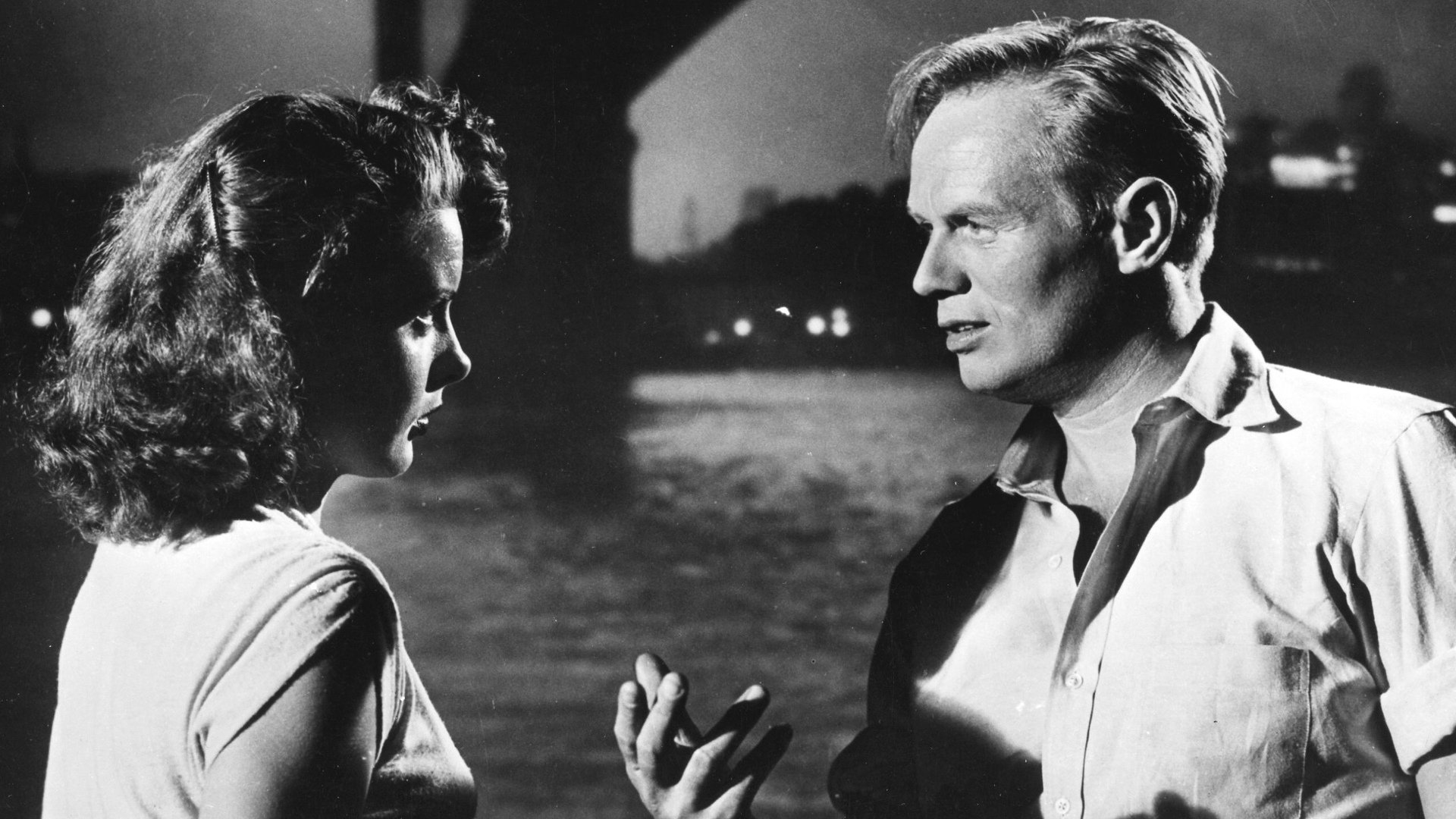
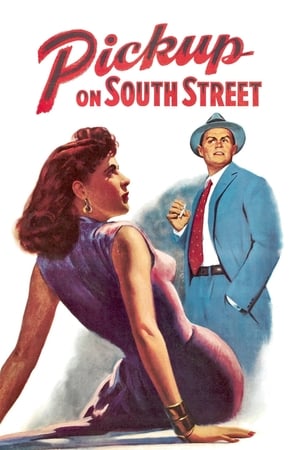
Pickup on South Street
How the law took a chance on a B-girl … and won!
1953 • 1h 20min • ★ 7.4/10 • United States of America
Directed by: Samuel Fuller
Cast: Richard Widmark, Jean Peters, Thelma Ritter, Murvyn Vye, Richard Kiley
In New York City, an insolent pickpocket, Skip McCoy, inadvertently sets off a chain of events when he targets ex-prostitute Candy and steals her wallet. Unaware that she has been making deliveries of highly classified information to the communists, Candy, who has been trailed by FBI agents for months in hopes of nabbing the spy ringleader, is sent by her ex-boyfriend, Joey, to find Skip and retrieve the valuable microfilm he now holds.
“Pickup on South Street” is a film noir classic directed by Samuel Fuller and released in 1953.
The film tells the story of a pickpocket named Skip McCoy (played by Richard Widmark) who inadvertently becomes involved in a spy ring when he steals a woman’s wallet containing microfilm that contains top-secret government information.
As McCoy becomes embroiled in the spy plot, he finds himself pursued by both the police and the spies, and must navigate a dangerous world of deception, double-crossing, and violence in order to survive.
“Pickup on South Street” is characterized by its taut pacing, sharp dialogue, and gritty realism.
The film is praised for its strong performances, particularly by Richard Widmark, who delivers a complex and nuanced portrayal of a tough but vulnerable anti-hero.
The film’s themes of political paranoia, Cold War espionage, and the corrupting influence of power remain relevant and impactful to this day, making “Pickup on South Street” a powerful and enduring example of the film noir genre.
- New 1080p presentation of the film, on the Blu-ray
- 25 Minute Video Interview with Franois Gurif
- Original Theatrical Trailer
- -PAGE BOOKLET featuring writing by Samuel Fuller, archival interviews, and more
- English (Subtitle)
3. White Dog (1982)
“White Dog” is a drama-thriller film directed by Samuel Fuller and released in 1982. The film tells the story of a young actress named Julie (Kristy McNichol) who hits a white dog with her car and takes it in to care for it.
However, she soon realizes that the dog has been trained to attack black people and sets out to retrain it with the help of a dog trainer named Keys (Paul Winfield).
The film is notable for its exploration of the issue of racism and its portrayal of the psychological effects of racism on both the dog and the humans involved.
The film also explores the concept of nature vs. nurture, as it raises the question of whether the dog’s racism is innate or the result of its conditioning.
“White Dog” was initially controversial upon its release due to its subject matter and was subsequently banned in some countries.
However, the film has since been recognized as a powerful and thought-provoking work that offers a unique perspective on the issue of racism.
It is a challenging and disturbing film, but one that offers a valuable commentary on the persistence of racism in society.
- White Dog (Blu-Ray & DVD Combo)
- White Dog
- Kristy McNichol, Paul Winfield, Burl Ives (Actors)
- Samuel Fuller (Director)
- English (Subtitle)
4. The Big Red One (1980)
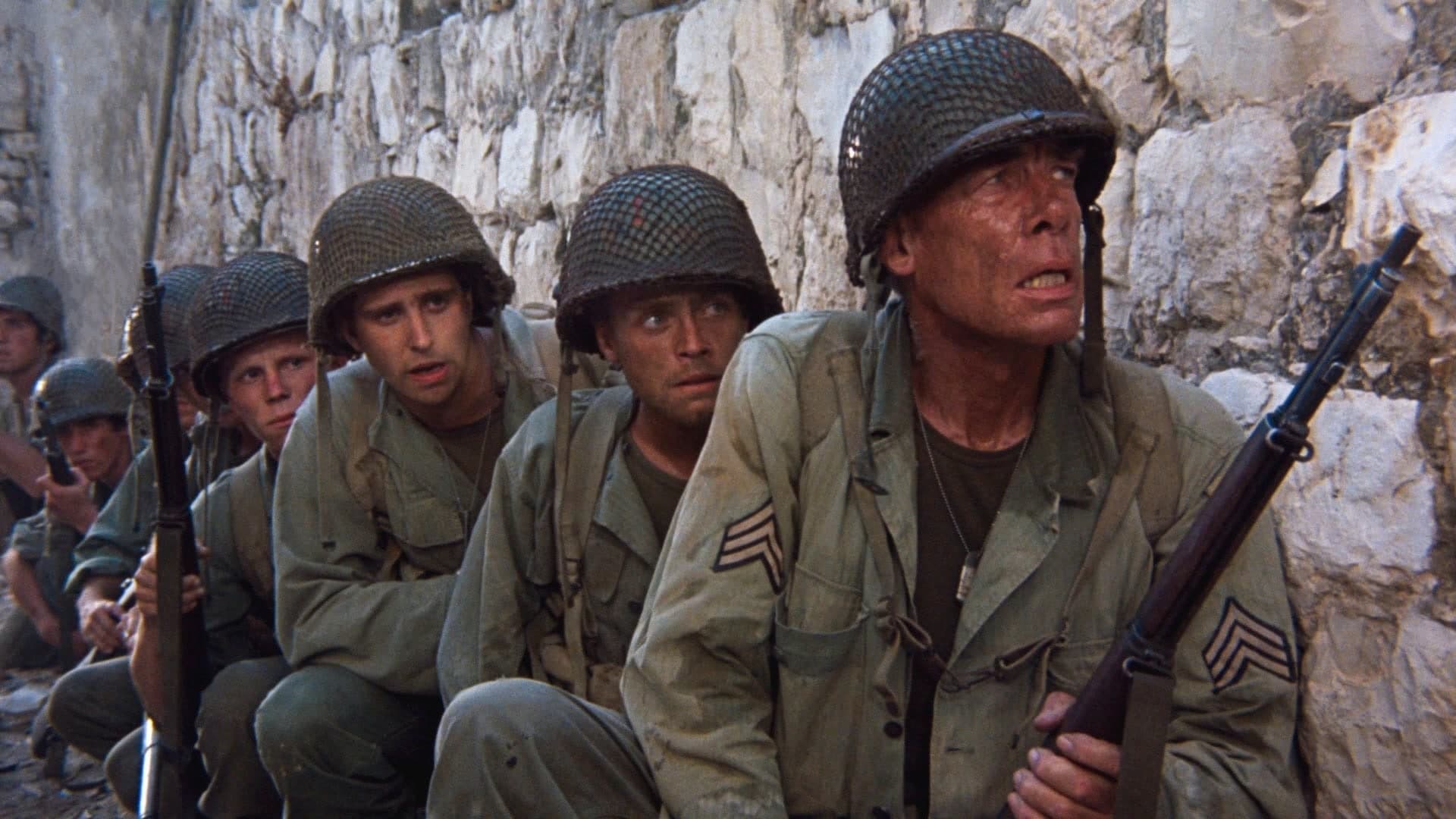
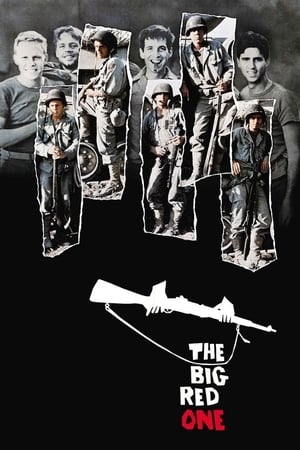
The Big Red One
Only chance could have thrown them together. Now, nothing can pull them apart.
1980 • 1h 53min • ★ 6.7/10 • Ireland
Directed by: Samuel Fuller
Cast: Lee Marvin, Mark Hamill, Robert Carradine, Bobby Di Cicco, Kelly Ward
A veteran sergeant of World War I leads a squad in World War II, always in the company of the survivor Pvt. Griff, the writer Pvt. Zab, the Sicilian Pvt. Vinci and Pvt. Johnson, in Vichy French Africa, Sicily, D-Day at Omaha Beach, Belgium and France, and ending in a concentration camp in Czechoslovakia where they face the true horror of war.
The Big Red One is a 1980 American war film directed by Samuel Fuller and starring Lee Marvin, Mark Hamill, and Robert Carradine.
The film follows the experiences of a U.S. Army infantry squad, known as “The Big Red One,” as they fight their way through North Africa, Sicily, and Europe during World War II.
Here are three reasons why you should watch The Big Red One:
Realistic depiction of war: Samuel Fuller, the director and screenwriter of the film, was a veteran of World War II, and his firsthand experience informs the film’s realistic depiction of combat.
The film shows the harsh realities of war, including the physical and emotional toll it takes on soldiers, the senseless violence, and the loss of life. The film’s grittiness and attention to detail make it an authentic portrayal of the war experience.
Historical significance: The Big Red One is a historical film that provides a valuable insight into the events and experiences of World War II.
The film covers several major battles and campaigns, including the North African campaign, the Allied invasion of Sicily, and the liberation of a concentration camp in Germany.
The film’s historical accuracy and attention to detail make it a valuable resource for those interested in learning more about this pivotal period in world history.
Overall, The Big Red One is a powerful and poignant war film that offers a realistic and insightful portrayal of the soldier’s experience during World War II.
- Lee Marvin, Mark Hamill, Robert Carradine (Actors)
- Samuel Fuller (Director) - Samuel Fuller (Writer) - Brian Jamieson (Producer)
- English, French (Subtitles)
- Audience Rating: R (Restricted)
5. The Baron of Arizona (1950)
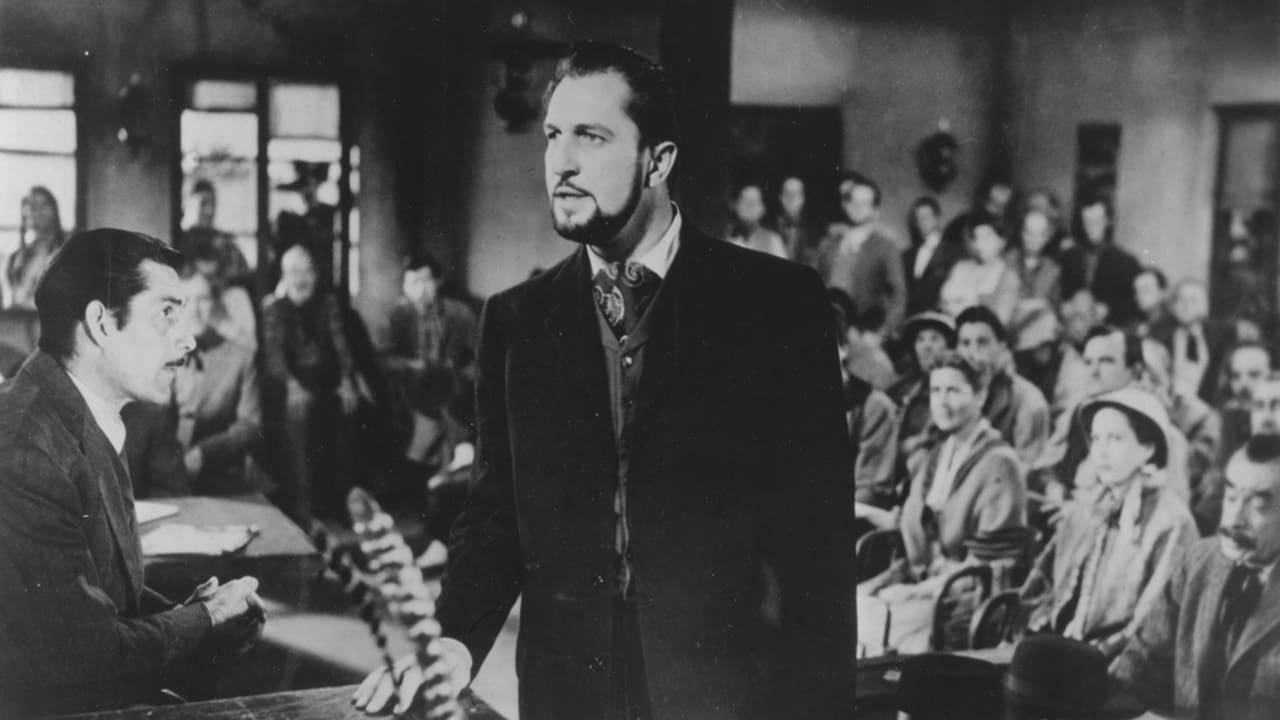
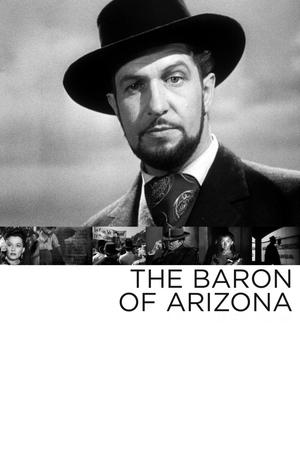
The Baron of Arizona
The lustiest adventure a man ever lived!
1950 • 1h 37min • ★ 6.7/10 • United States of America
Directed by: Samuel Fuller
Cast: Vincent Price, Ellen Drew, Vladimir Sokoloff, Beulah Bondi, Reed Hadley
The U.S. government recognizes land grants made when the West was under Spanish rule. This inspires James Reavis to forge a chain of historical evidence that makes a foundling girl the Baroness of Arizona. Reavis marries the girl and presses his claim to the entire Arizona territory.
“The Baron of Arizona” is a 1950 American Western film directed by Samuel Fuller, and starring Vincent Price and Ellen Drew.
The film is based on the true story of a man named James Addison Reavis, who attempted to fraudulently claim ownership of the entire Arizona Territory in the late 19th century.
In the film, Price portrays James Addison Reavis, a cunning and ambitious con man who spends years researching the history of the Spanish colonial land grants in Arizona.
He then forges documents and creates an elaborate backstory in order to convince the U.S. government that he is the rightful owner of the entire territory.
The film is known for its strong performances, particularly by Vincent Price, who delivers a memorable and nuanced portrayal of a complex and enigmatic character.
The story is gripping and suspenseful, as the audience is left to wonder whether Reavis will succeed in his scheme or be exposed as a fraud.
“The Baron of Arizona” is also notable for its visual style, with Fuller using a combination of low-angle shots and chiaroscuro lighting to create a sense of tension and drama. The film was well-received by critics upon its release, and has since become a cult classic of American cinema.
- The Baron of Arizona
- The Baron of Arizona
- Vincent Price, Ellen Drew, Vladimir Sokoloff (Actors)
- Samuel Fuller (Director) - The Baron of Arizona (Producer)
- Italian (Subtitle)
6. Forty Guns (1957)
“Forty Guns” is a 1957 Western film directed by Samuel Fuller. The film follows Jessica Drummond (played by Barbara Stanwyck), a wealthy landowner and gunslinger who rules over a small town in Arizona with her forty hired guns.
When a U.S. Marshal named Griff Bonnell (played by Barry Sullivan) arrives in town to bring law and order, he finds himself drawn to Jessica, even as he confronts her and her army of gunslingers.
The film is notable for its stunning visuals, including its use of the widescreen CinemaScope format to capture the vast landscapes of the American West. It also features strong performances from its cast, particularly Barbara Stanwyck in the lead role.
“Forty Guns” was a critical success upon its release and has since become a beloved classic among fans of Western films. It is regarded as one of Samuel Fuller’s best works, and is noted for its innovative storytelling, bold characters, and powerful themes of violence and redemption.
7. Park Row (1952)
“Park Row” is a drama film directed by Samuel Fuller and released in 1952. The film tells the story of Phineas Mitchell (played by Gene Evans), a journalist who starts his own newspaper in New York City in the 1880s, determined to report the news truthfully and without compromise.
As Mitchell builds his newspaper, he faces competition from a rival paper that will stop at nothing to destroy him, including violence and sabotage.
Despite the challenges, Mitchell remains committed to his vision of honest journalism, and is ultimately vindicated when his newspaper becomes a success.
“Park Row” is characterized by its fast-paced storytelling, vivid characters, and powerful message about the importance of a free press in a democratic society.
The film is praised for its strong performances, particularly by Gene Evans, who delivers a compelling portrayal of a man driven by his passion for the truth.
The film’s themes of integrity, perseverance, and the struggle for journalistic independence remain relevant and impactful to this day, making “Park Row” a powerful and inspiring film that showcases Samuel Fuller’s skills as a director and storyteller.
8. Underworld U.S.A (1961)
“Underworld U.S.A.” is a 1961 crime film directed by Samuel Fuller. The movie follows a young boy named Tolly Devlin, who witnesses the murder of his father by four gangsters.
Seeking revenge, Tolly grows up to infiltrate the gang and take them down from within.
One of the key strengths of “Underworld U.S.A.” is its gritty and realistic portrayal of crime and violence in America.
The film explores themes of corruption, betrayal, and the seedy underbelly of American society. The script is sharp and intelligent, with memorable dialogue and complex characters.
The film also features strong performances from its cast, particularly from Cliff Robertson in the lead role of Tolly Devlin. The supporting cast includes actors such as Dolores Dorn and Beatrice Kay.
Overall, “Underworld U.S.A.” is a classic example of film noir, with its shadowy cinematography, hard-boiled characters, and themes of crime and punishment.
It is a gripping and intense movie that remains relevant and engaging today, and a testament to Fuller’s skill as a director and writer.
- Cliff Robertson (Actor)
- Sam Fuller (Director)
- English (Subtitle)
9. The Naked Kiss (1964)
“The Naked Kiss” is a film noir directed by Samuel Fuller and released in 1964. The film follows a former prostitute named Kelly (Constance Towers) who arrives in a small town seeking a fresh start.
However, she quickly becomes embroiled in the town’s seedy underworld and is forced to confront the corruption and moral decay that exist beneath its surface.
The film is notable for its powerful performances, particularly by Constance Towers, who brings depth and nuance to her portrayal of Kelly.
The film also features a strong supporting cast, including Anthony Eisley and Michael Dante, who add to the film’s sense of tension and unease.
“The Naked Kiss” is celebrated for its unflinching portrayal of the dark side of American society. The film tackles controversial subjects such as prostitution, child abuse, and corruption, and does so with a raw and uncompromising honesty.
Fuller’s direction is masterful, creating a sense of tension and suspense that builds throughout the film. Ultimately, “The Naked Kiss” is a powerful and thought-provoking work that offers a unique perspective on the American dream and the darker side of human nature.
- Amazon Prime Video (Video on Demand)
- Constance Towers, Anthoney Eisley, Michael Dante (Actors)
- Sam Fuller (Director) - Sam Fuller (Writer) - Sam Fuller (Producer)
- English (Playback Language)
- English (Subtitle)
10. The Steel Helmet (1951)
The Steel Helmet is a 1951 war film directed by Samuel Fuller. The film takes place during the Korean War and follows a group of American soldiers who are fighting against North Korean and Chinese forces. Here are three reasons why you should watch The Steel Helmet:
Realistic depiction of war: Similar to other films directed by Samuel Fuller, The Steel Helmet is known for its realistic portrayal of war.
The film depicts the harsh realities of combat, including the physical and emotional toll it takes on soldiers. Fuller, who was a veteran of World War II, drew on his own experiences to create an authentic and gritty portrayal of war.
Multifaceted characters: The film features a diverse cast of characters, including soldiers from different ethnic backgrounds and political beliefs.
The characters are complex and multifaceted, with their own individual motivations and struggles. The film explores issues of racism, nationalism, and the politics of war, adding depth to the characters and the story.
Historical significance: The Steel Helmet is a significant film in the history of Korean War cinema. It was one of the first American films to depict the Korean War and was released at a time when the conflict was still ongoing.
The film provides a valuable insight into the experiences of American soldiers during the Korean War and the challenges they faced on the battlefield.
Overall, The Steel Helmet is a powerful and thought-provoking war film that offers a realistic and insightful portrayal of the Korean War.
The film’s attention to detail, complex characters, and historical significance make it a must-watch for fans of war cinema and those interested in the history of the Korean War.
- Amazon Prime Video (Video on Demand)
- Gene Evans, Robert Hutton, Steve Brodie (Actors)
- Samuel Fuller (Director) - Samuel Fuller (Writer) - Samuel Fuller (Producer)
- English (Playback Language)
- English (Subtitle)
3 Characteristics of Samuel Fuller Films
Samuel Fuller was a distinctive and influential filmmaker, known for his uncompromising style and bold storytelling. Here are three characteristics that are commonly found in his films:
Gritty Realism: Fuller’s films often feature a raw and unflinching depiction of the harsh realities of life, whether it’s the brutalities of war in “The Steel Helmet” or the seedy underbelly of American society in “Pickup on South Street.” His films are often shot in a stark, documentary-style manner that lends a sense of authenticity to the proceedings.
Social Commentary: Fuller was a filmmaker with a message, and his films often contain pointed critiques of American society and its institutions.
For example, “Shock Corridor” explores the nature of sanity and the limits of journalism, while “The Naked Kiss” tackles issues of prostitution and corruption.
Strong Characters: Fuller’s films are populated by larger-than-life characters who are often flawed and complex.
His protagonists are typically outsiders who are struggling to survive in a world that doesn’t understand them.
Fuller was known for his ability to create memorable and well-rounded characters, who are both heroic and flawed at the same time.
Overall, Samuel Fuller’s films are characterized by their gritty realism, social commentary, and strong characters.
His films continue to influence and inspire filmmakers today, and remain an important part of American cinema history.
3 Reasons Why You Should Watch Samuel Fuller Films
Innovative storytelling: Samuel Fuller was known for his unique and innovative storytelling techniques, often using nonlinear narratives, striking visuals, and bold social commentary to tell his stories.
His films are frequently cited as examples of bold and daring filmmaking, and are sure to challenge and engage audiences in unexpected ways.
Strong characters: Fuller’s films are known for their complex and fully-realized characters, who often defy traditional archetypes and stereotypes.
Whether it’s the gunslinging Jessica Drummond in “Forty Guns,” or the ambitious journalist Johnny Barrett in “Shock Corridor,” Fuller’s characters are always fascinating and multi-dimensional.
Social commentary: Fuller’s films frequently explored important social and political issues of their time, including racism, war, and corruption.
His films are not afraid to tackle difficult and controversial subjects, and often offer powerful insights into the human condition.
For viewers interested in films that engage with important social issues and challenge the status quo, Samuel Fuller’s films are essential viewing.
Best Samuel Fuller Films – Wrapping Up
Samuel Fuller was a legendary filmmaker known for his hard-hitting, uncompromising approach to storytelling. Here are some of his best films:
“The Naked Kiss” (1964) – A provocative and powerful film about a prostitute who tries to start a new life in a small town.
“Shock Corridor” (1963) – A searing portrait of a journalist who goes undercover in a mental institution to uncover a murder.
“Pickup on South Street” (1953) – A classic film noir about a pickpocket who becomes embroiled in a spy plot.
“Park Row” (1952) – A drama about a journalist who starts his own newspaper in New York City in the 1880s.
“White Dog” (1982) – A controversial film about a dog trained to attack black people.
“The Big Red One” (1980) – A war epic about a group of soldiers fighting in World War II.
“The Steel Helmet” (1951) – A Korean War film that was one of the first films to portray the conflict on screen.
Fuller’s films are characterized by their tough, gritty style, their themes of social commentary, and their uncompromising approach to storytelling. He was a master of the medium, and his films continue to inspire and influence filmmakers to this day.



![Pickup On South Street (1953) [Masters of Cinema] Dual Format (Blu-ray & DVD)](https://m.media-amazon.com/images/I/51KdepGEDDL.jpg)





![Forty Guns (1957) [Masters of Cinema] Dual Format (Blu-ray & DVD)](https://m.media-amazon.com/images/I/51StCq1eWnL.jpg)
![PARK ROW (Masters of Cinema) (DVD) [1952]](https://m.media-amazon.com/images/I/51tcAjYjn2L.jpg)
![Underworld U.S.A. - Twilight Time [1961]](https://m.media-amazon.com/images/I/41el5nQLlQL.jpg)



